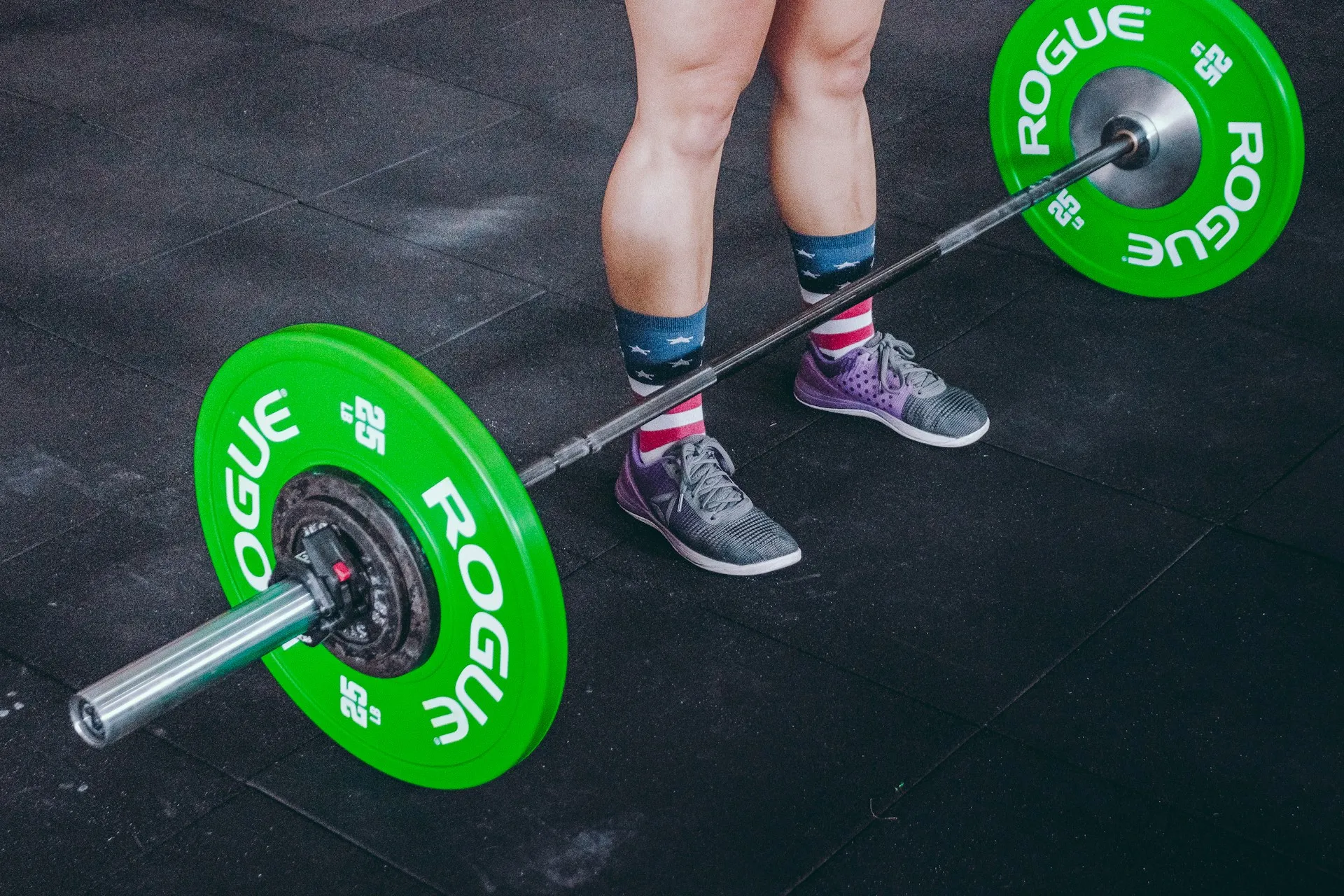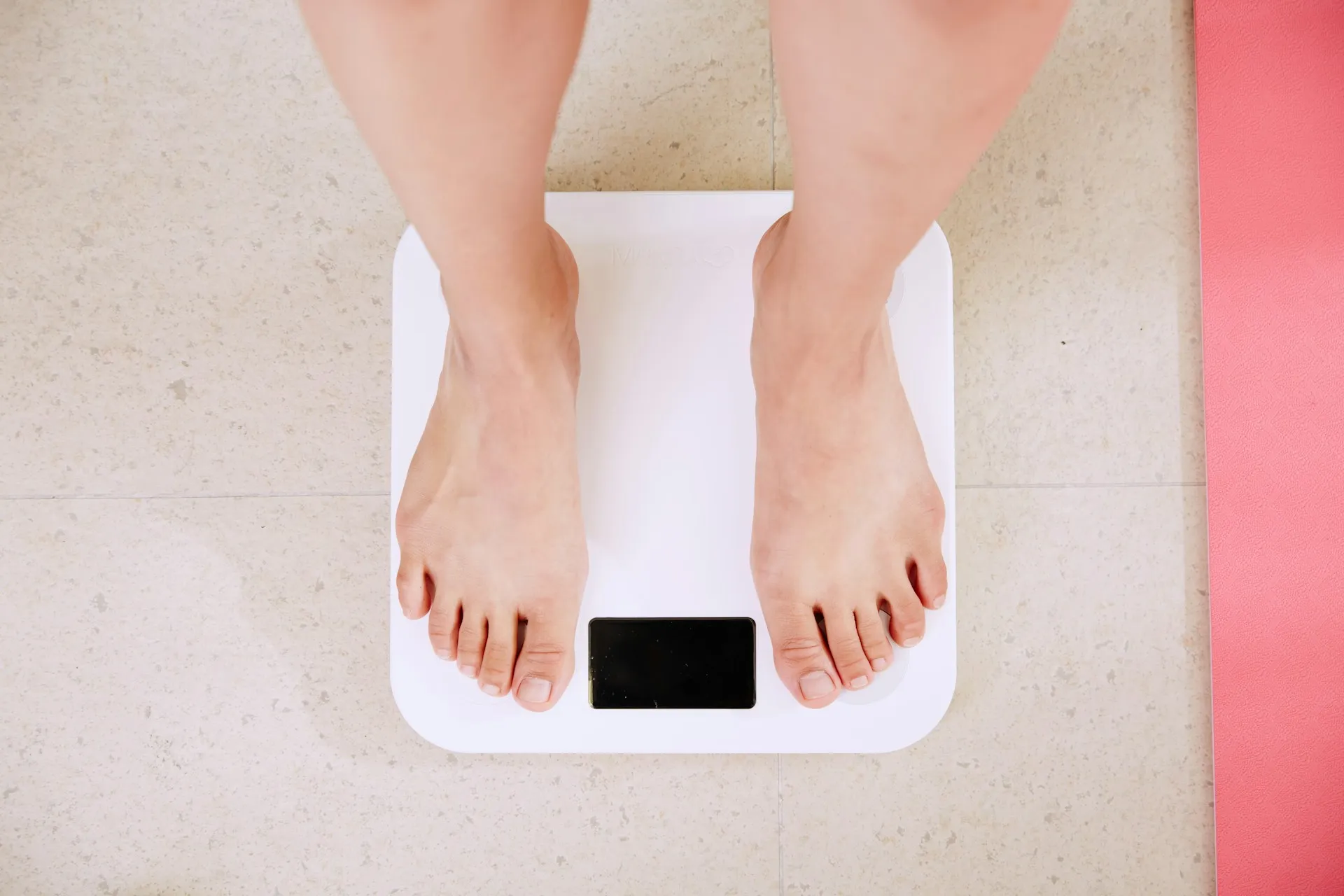When it comes to building strength, improving functional fitness, and enhancing overall health, few exercises can rival the deadlift. Often referred to as the king of all exercises, the deadlift’s value extends beyond the gym and into daily life, offering a range of benefits that make it indispensable for anyone looking to improve their physical capabilities. In this blog, we’ll explore the multifaceted advantages of deadlifting, shedding light on why it is considered the most valuable functional exercise.
The Foundation of Functional Fitness
Functional fitness focuses on exercises that train the body for activities performed in daily life. The deadlift is the epitome of functional training because it mimics movements that are fundamental to human activity, such as picking up objects from the ground. Unlike isolation exercises that target a single muscle group, the deadlift engages multiple muscle groups simultaneously, making it incredibly efficient for developing overall strength and coordination.
Comprehensive Muscle Engagement
One of the key reasons deadlifts are so effective is their ability to engage a wide range of muscle groups. When performed correctly, deadlifts work the:
- Gluteus Maximus: The primary driver of hip extension.
- Hamstrings: Assist with hip extension and knee flexion.
- Erector Spinae: Maintain a neutral spine and provide back stability.
- Quadriceps: Extend the knees during the lift.
- Core Muscles: Stabilize the trunk and support the spine.
- Forearms and Grip Muscles: Grip the bar and maintain hold throughout the lift.
- Trapezius and Rhomboids: Help in maintaining shoulder stability and keeping the bar close to the body.
This comprehensive muscle engagement not only builds strength but also enhances muscle coordination, leading to improved functional movement patterns.

Enhancing Everyday Activities
Modern lifestyles often lead to poor posture and back pain, issues that can be alleviated with deadlifting. The exercise strengthens the posterior chain – the muscles along the back of your body, including the lower back, glutes, and hamstrings. Strengthening these muscles helps counteract the effects of prolonged sitting and slouching, promoting better posture and reducing the likelihood of back pain. Moreover, a strong posterior chain provides better support for the spine, enhancing overall spinal health and stability.
Improving Posture and Reducing Pain
Modern lifestyles often lead to poor posture and back pain, issues that can be alleviated with deadlifting. The exercise strengthens the posterior chain – the muscles along the back of your body, including the lower back, glutes, and hamstrings. Strengthening these muscles helps counteract the effects of prolonged sitting and slouching, promoting better posture and reducing the likelihood of back pain. Moreover, a strong posterior chain provides better support for the spine, enhancing overall spinal health and stability.
Building Core Strength
Core strength is crucial for maintaining stability and balance, both in and out of the gym. Unlike traditional ab exercises that isolate the abdominal muscles, deadlifts engage the entire core, including the obliques and lower back. This holistic engagement not only builds a stronger core but also improves functional stability, making it easier to perform a variety of movements with control and precision. A strong core is essential for protecting the spine and preventing injuries, particularly during activities that involve lifting, twisting, or bending.
Boosting Athletic Performance
For athletes, deadlifts are a cornerstone exercise for enhancing performance. The explosive power generated during a deadlift – particularly from the hips and legs – is essential for many sports, including football, basketball, and track and field. By developing strength and power in these key areas, athletes can improve their speed, agility, and overall performance. Additionally, the deadlift’s focus on maintaining a neutral spine and engaging the core translates to better body mechanics and injury prevention during athletic activities.

Increasing Metabolic Rate and Fat Loss
Deadlifts are a compound exercise that requires a significant amount of energy, leading to a higher caloric burn compared to isolation exercises. The intensity of deadlifting stimulates the metabolism, promoting fat loss and improving overall body composition. The muscle-building effects of deadlifting also contribute to a higher resting metabolic rate, as muscle tissue burns more calories at rest than fat tissue. This makes deadlifting an effective exercise for those looking to lose weight and improve their metabolic health.Enhancing Bone Density
Weight-bearing exercises like deadlifting are crucial for maintaining and improving bone density. The stress placed on the bones during a deadlift stimulates the production of new bone tissue, strengthening the skeletal system and reducing the risk of osteoporosis. This is particularly important for older adults, as maintaining bone density is key to preventing fractures and ensuring long-term mobility and independence.Mental Benefits and Confidence
The benefits of deadlifting extend beyond the physical realm. Lifting heavy weights requires mental focus, determination, and discipline. Successfully completing a challenging deadlift can boost confidence and self-esteem, providing a sense of accomplishment and empowerment. The discipline and mental toughness developed through deadlifting can also carry over into other areas of life, helping individuals tackle challenges with resilience and a positive mindset.Addressing Common Concerns
Despite its many benefits, some people are wary of deadlifting due to concerns about potential back injuries. While improper form or lifting excessive weight can indeed lead to injury, these risks can be mitigated with proper technique and gradual progression. It’s crucial to maintain a neutral spine throughout the lift, engage the core, and avoid rounding the back. Starting with lighter weights and gradually increasing the load as strength improves can also help prevent injuries. Seeking guidance from a qualified trainer or coach can ensure proper form and technique, maximizing the benefits of deadlifting while minimizing risks.Integrating Deadlifts into Your Routine
To reap the full benefits of deadlifting, it’s important to integrate the exercise into your regular fitness routine. Here are some tips for incorporating deadlifts safely and effectively:- Warm-Up: Begin with a dynamic warm-up to prepare your muscles and joints for the lift. Focus on mobility exercises that target the hips, ankles, and thoracic spine.
- Start Light: If you’re new to deadlifting, start with lighter weights to master the technique. Focus on maintaining a neutral spine and proper form throughout the lift.
- Progress Gradually: Gradually increase the weight as your strength and confidence improve. Avoid making large jumps in weight, as this can increase the risk of injury.
- Use Variations: Incorporate different variations of the deadlift, such as sumo deadlifts, Romanian deadlifts, and trap bar deadlifts, to target different muscle groups and prevent plateaus.
- Listen to Your Body: Pay attention to how your body feels during and after deadlifting. If you experience pain or discomfort, stop the exercise and seek advice from a fitness professional.
- Recovery: Allow adequate time for recovery between deadlifting sessions to prevent overtraining and promote muscle growth.
Conclusion
The deadlift is more than just a strength exercise; it’s a comprehensive movement that enhances functional fitness, builds overall strength, and improves health. By engaging multiple muscle groups and mimicking everyday movements, deadlifts offer a range of benefits that extend beyond the gym. From improving posture and core strength to boosting athletic performance and metabolic health, the deadlift is a valuable addition to any fitness routine. With proper technique and gradual progression, anyone can harness the power of deadlifting to enhance their physical capabilities and achieve their fitness goals. So, the next time you step into the gym, consider making deadlifts a cornerstone of your workout – your body will thank you.About the Author

Dennis was born and raised in Cincinnati and went to the University of Cincinnati for health promotion and education, focusing on fitness for his undergraduate degree. Following completion of his undergraduate studies, he then went on to the University of Dayton and received his Doctorate of Physical Therapy.
Dr. Mirosh has been practicing in outpatient orthopedics since graduating from UD treating a variety of physical ailments from musculoskeletal injuries to strokes and deconditioning. He has a true passion for working with any client that has the drive to better themselves but has a special interest in working with athletes. In particular, he enjoys working with weight lifters and martial artists
He has always loved the medical field and was directed towards physical therapy from the time he was in middle school. He has been around sports his whole life and had a high appreciation for rehabilitative medicine.
He loves being able to go in every day and help people in his community better their lives and allow them to return to the activities that they hold dear. He enjoys educating clients on proper movement and how to optimize their performance in their everyday life and hobbies. He was also is very blessed to be able to use his hands to alleviate pain and allow people to get back to doing the things they love.


